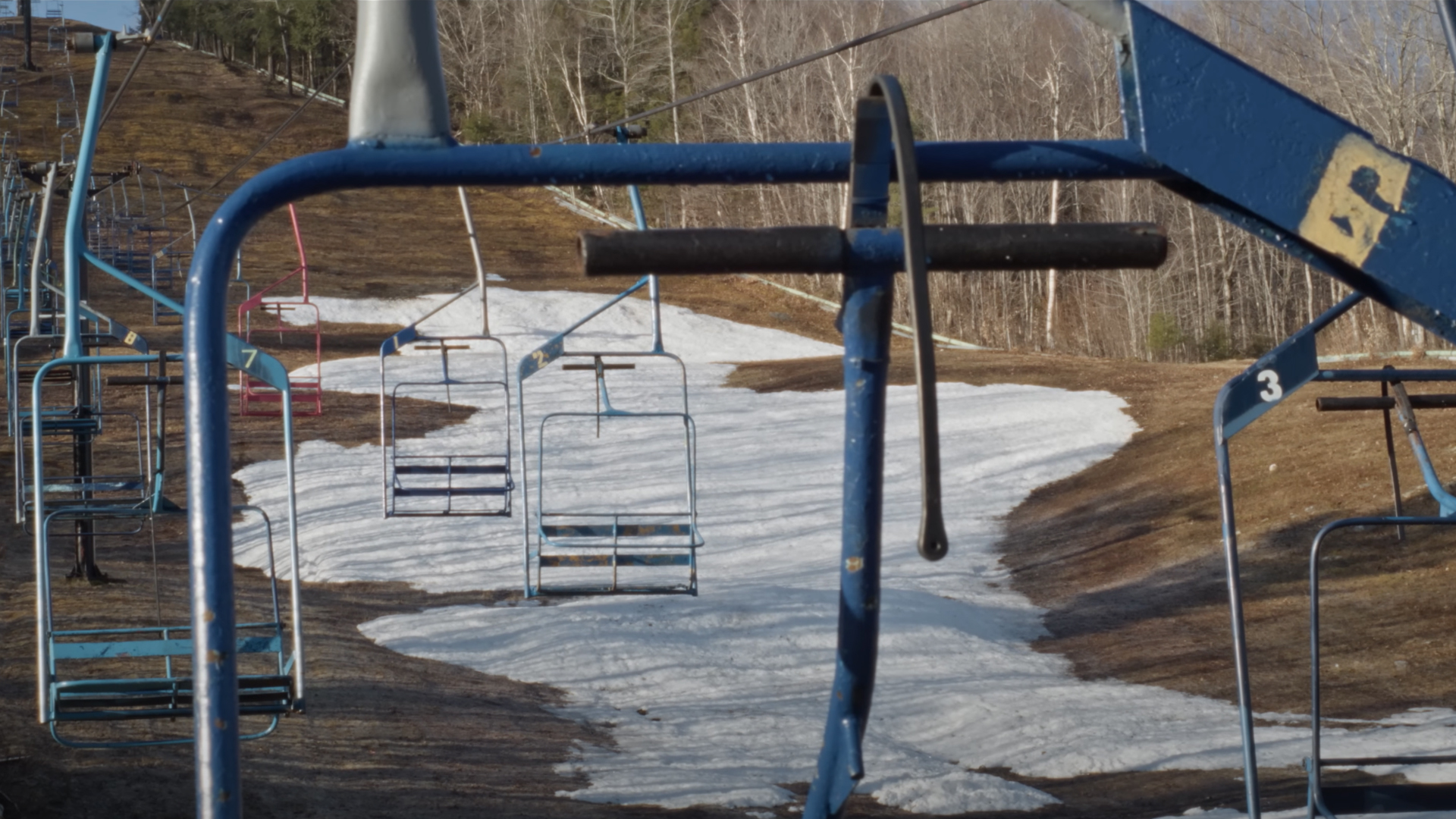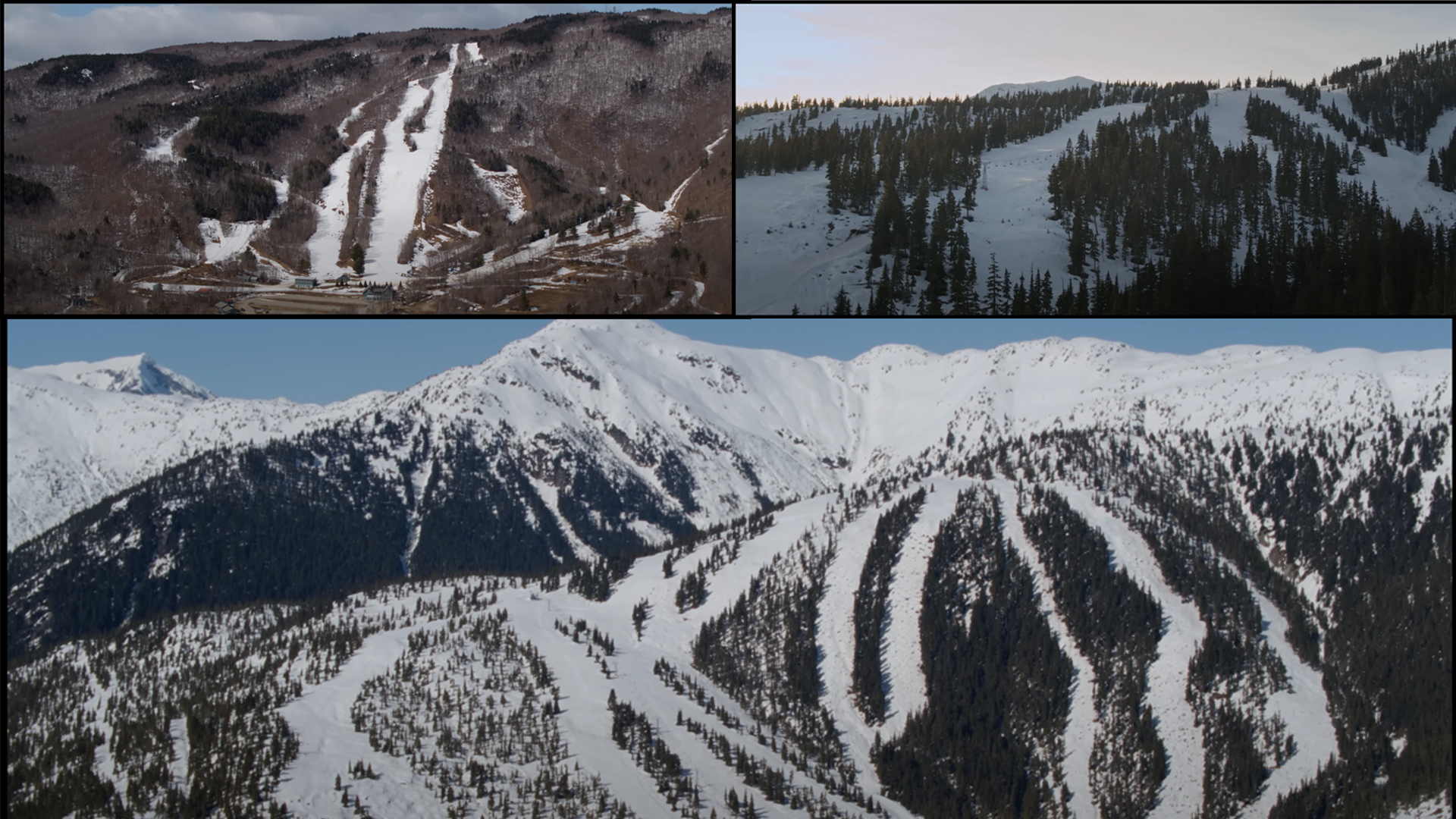Where did you learn how to ski? The answer to that question is likely not a ski resort most skiers and riders in North America would recognize the name of. It probably wasn’t Stowe, Whistler, or Mammoth. Instead, it was probably a little ski area close to where you lived that was easy and affordable to go to. Those areas, which often rapidly become insignificant in our lives, are often overlooked and forgotten about in the skiing community. Yet without them, we, or our parents, probably would not have taken up skiing in the first place. Without them, it often is simply not practical, whether that be because of time, money, or a combination of other things.

After a one-year hiatus, Teton Gravity Research and Indy Pass have teamed up once again to bring a brand new short ski documentary that aims to shed light on stories at these types of often overlooked ski areas. In the pair’s first two films “In Pursuit of Soul” and “In Pursuit of Soul 2,” the films dove into exploring the importance of the work that independent ski areas and their employees do on a daily basis to help keep this sport alive and well. In this latest film, they decide to pivot and dive into an area of skiing that weighs much heavier on the front of people’s minds nowadays: ski area ownership.
Now in a time where ski resort consolidation dominates headlines and is frequently attributed by many skiers as the cause of everything negative that is happening with skiing (steadily rising prices, increased crowds, rapid development, and more) “Mountains Not for Profit” explores the often unheard-of non-profit community co-op ski areas that dot North America. It does so by spotlighting four co-op ski areas; Shames Mountain in British Columbia, Black Mountain of Maine, Whaleback Mountain in New Hampshire, and Antelope Butte in Wyoming. All four of these ski areas have vastly different feels for them, yet what unites them together is their common passion and love for skiing and the goal that all they need to do is get by each season while remaining as accessible to the public as possible.

- Related: Indy Pass Adds Another 52 Resorts for Winter 2024-25, Including Loveland, CO, and Bear Valley, CA
Throughout the documentary, we see these attributes shine in unique and powerful ways, such as Antelope Butte starting a free season pass program for children under 18, which saw pass sails for kids skyrocket over 1000%. We see people of all ages at Shames Mountain being a part of the co-op, helping to own, work, and enjoy the resort they can truly call their own. We hear about Whaleback Mountain coming back from the dead after a local community organization raised enough funds to do so. And we see individuals break their backs to keep these places afloat, for the love of the sport but more importantly for the love of the community, such as at Black Mountain of Maine. You are left with a feeling of worry about what the future of skiing may hold, yet you are given hope that there is such an easy solution in front of us so many people are willing to get behind and support. If only they knew.
As with any film produced by TGR, the production quality remains among the highest in the industry with stunning cinematography and carefully crafted editing that allows viewers to be transported to wherever the film takes them. This latest TGR and Indy Pass collaboration only sets the bar higher in comparison to their previous two works, weaving storylines together in a more complete and seamless format than ever before.
“Mountains Not For Profit” will make you realize that there is an odd dichotomy in the skiing community right now. One where a large group of people continuously signal their disapproval of where the consolidated mainstream ski industry is headed yet neglects the other world that co-exists in the exact same place. By the end of this film, you are left with the understanding that there is room in this world for many types of ski resorts to have their place, both big and small, for-profit, non-profit, and community co-op alike. The big consolidated areas will always be the ski meccas of North America but if that is not your thing, the majority of North American ski areas remain undisturbed by that side of the industry.
For me, I took my first turns on a literal garbage dump at the age of four 20 minutes from my house at a now non-existent ski hill called Centinellel Park. This ski area was pathetic by all standards, but this not-for-profit slope run by the City of Toronto allowed the access for my parents to start me skiing while I was young. Without that first step, there is a chance my family would have never invested the time and energy to make skiing such a big part of my life, and I would not be the avid skier that I am today. “Mountains Not For Profit” serves as a reminder of how there is a very similar story to mine for skiers across the country, and it is critical to recognize, protect, and expand those opportunities.
As a part of both Teton Gravity Research and Indy Pass’ mission to continue to spread awareness about the topic of independent skiing in North America, they are already planning another short ski film for next season which will focus on another aspect of this topic. “Mountains Not For Profit” will be premiering at the four ski areas it was shot at, after which it will then be released to the public online.
